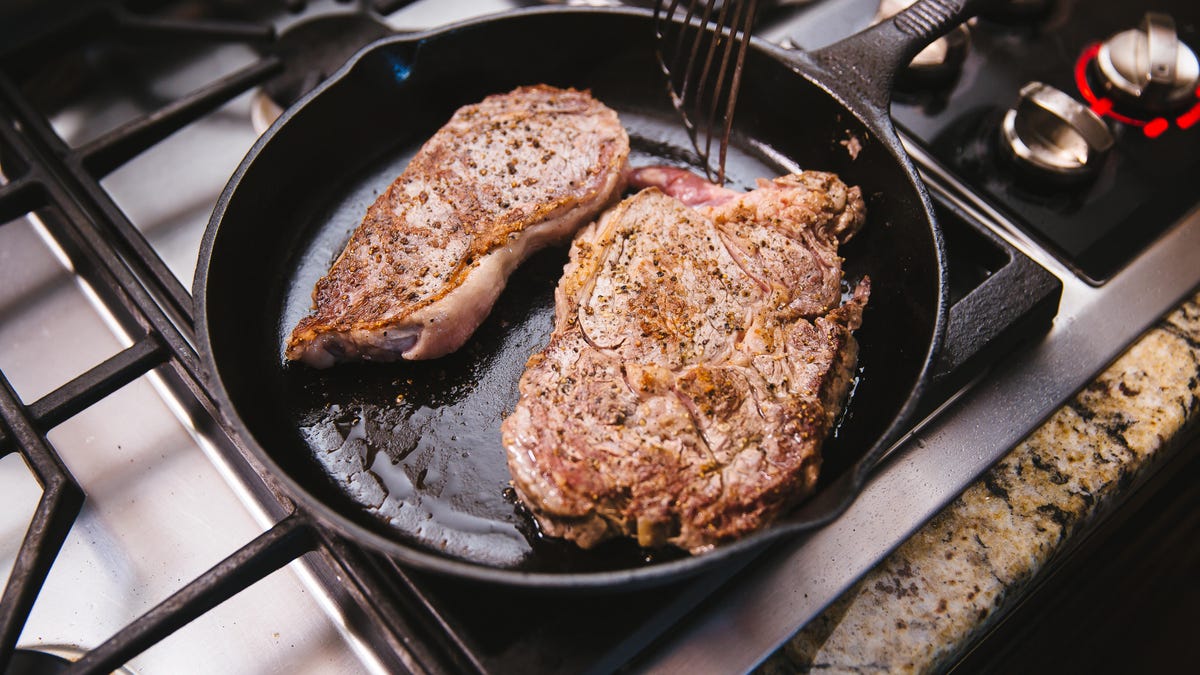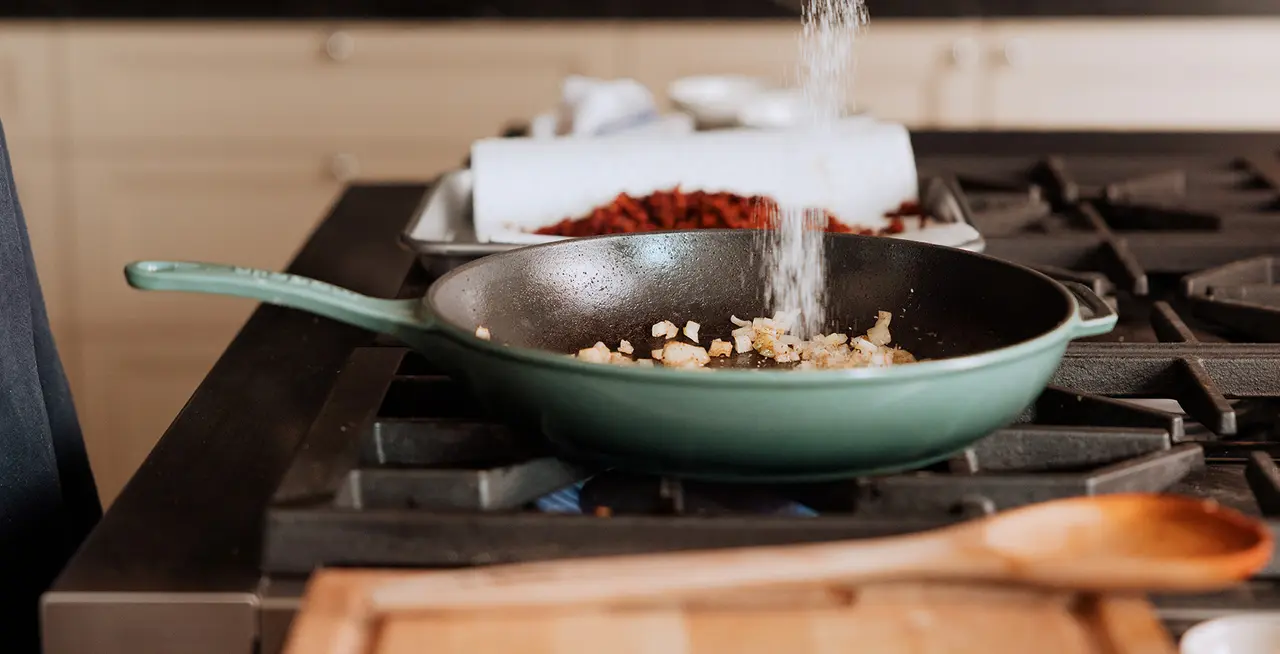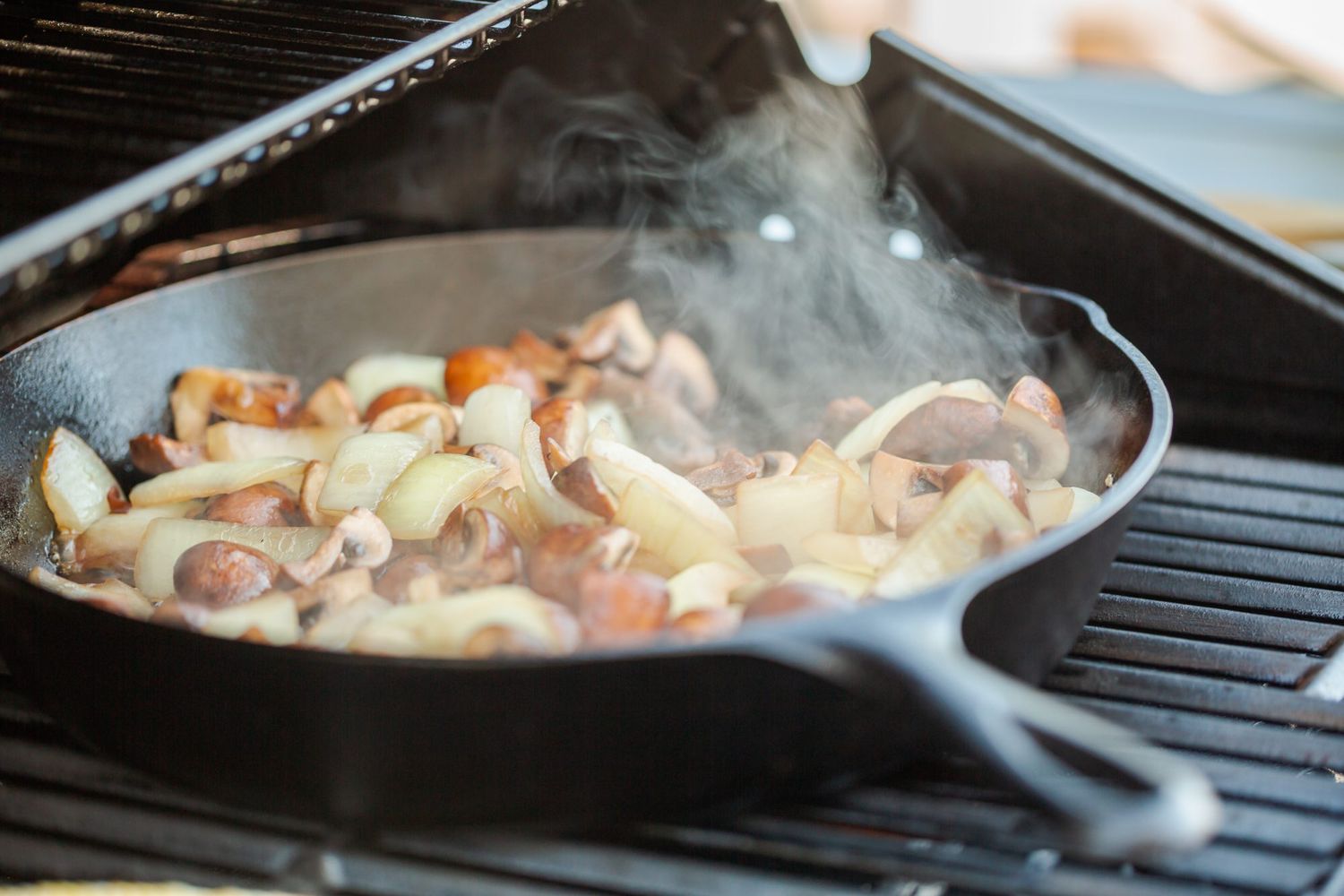For kitchen professionals, how to care for a cast iron skillet is not just a question of maintenance; it is an opportunity to enhance culinary skills and ensure that their beloved cookware lasts for generations. Cast iron skillets are renowned for their durability and versatility, making them a staple in any professional kitchen. However, they do require specific care to preserve their non-stick surface and prevent rust. In this article, we will delve into the best practices for caring for a cast iron skillet, providing you with the knowledge to keep it in top condition.
A cast iron skillet can be an invaluable tool in the professional kitchen, capable of searing meats, sauting vegetables, and baking cornbread. Understanding how to care for a cast iron skillet will ensure that it maintains its functionality and appearance. Whether you are new to cast iron or a seasoned chef, these tips will guide you through the essential steps of maintenance, from seasoning to cleaning.

The Importance of Seasoning Your Cast Iron Skillet
Seasoning defines the performance of a cast iron skillet. This process involves applying a thin layer of oil and heating it in the oven to create a natural non-stick surface. Here are a few key points to consider about seasoning:
- Choose the right oil: Popular options include flaxseed oil, canola oil, and vegetable oil, each offering varying smoke points.
- Preheat your oven: Set your oven to 450F (232C) and place the skillet upside down on the middle rack to allow excess oil to drip off.
- Apply a thin layer: Use a paper towel to spread a small amount of oil evenly across the skillet.
For more detailed information on seasoning, you can check out this article on curing a cast iron skillet.
Cleaning Your Cast Iron Skillet: Dos and Donts
Cleaning a cast iron skillet might seem intimidating, but it is straightforward once you understand the basics. Here are some important do's and donts:
Dos
- Use hot water: Rinse your skillet with hot water and use a stiff brush which removes food particles without damaging the seasoning.
- Dry it promptly: Always dry your skillet immediately after washing to prevent rust.
- Reapply oil: After drying, apply a light layer of oil to conserve the seasoning.
Donts
- Do not soak: Never soak your cast iron skillet in water.
- Avoid soap: Regular dish soap can strip seasoning; use it only if absolutely necessary.
- Skip the dishwasher: Cast iron skillets should always be cleaned by hand.
If you want to delve deeper into the cleaning techniques, check out this post on using a cast iron skillet.
Handling Stains and Rust on Your Cast Iron Skillet
No cast iron skillet is immune to stains or rust. However, knowing how to handle these problems can save your cookware:
- Removing stains: Use a mixture of coarse salt and water to scrub off stubborn stains gently.
- Dealing with rust: If rust occurs, scrub the affected area with steel wool until the rust is gone, then reseason your skillet.
For further tips on protecting your skillet and avoiding damage, visit this article about protecting your glass stove.
Storing Your Cast Iron Skillet Properly
How you store your cast iron skillet significantly impacts its lifespan. Here are some strategies:
- Avoid stacking: If storing multiple skillets, place a paper towel between them to prevent scratching.
- Keep it dry: Moisture leads to rust; ensure your skillet is completely dry before storing.
- Use a ventilated area: Store in a place with good air circulation to prevent moisture buildup.
For new ideas on what to prepare in your skillet, head over to one-skillet meals.

FAQs
1. Can I use metal utensils on my cast iron skillet?
Yes, you can use metal utensils, but be cautious. Avoid scraping the skillet's surface too harshly to maintain the seasoning.
2. Is it safe to cook acidic foods in my cast iron skillet?
While it's best to avoid cooking highly acidic foods frequently, using them occasionally is fine. If you notice the seasoning coming off, consider re-seasoning afterward.
3. Can I restore my rusty cast iron skillet?
Yes, rust can be removed by scrubbing the affected areas with steel wool and then re-seasoning the skillet.
As an Amazon Associate, I earn from qualifying purchases.






Leave a comment
This site is protected by hCaptcha and the hCaptcha Privacy Policy and Terms of Service apply.